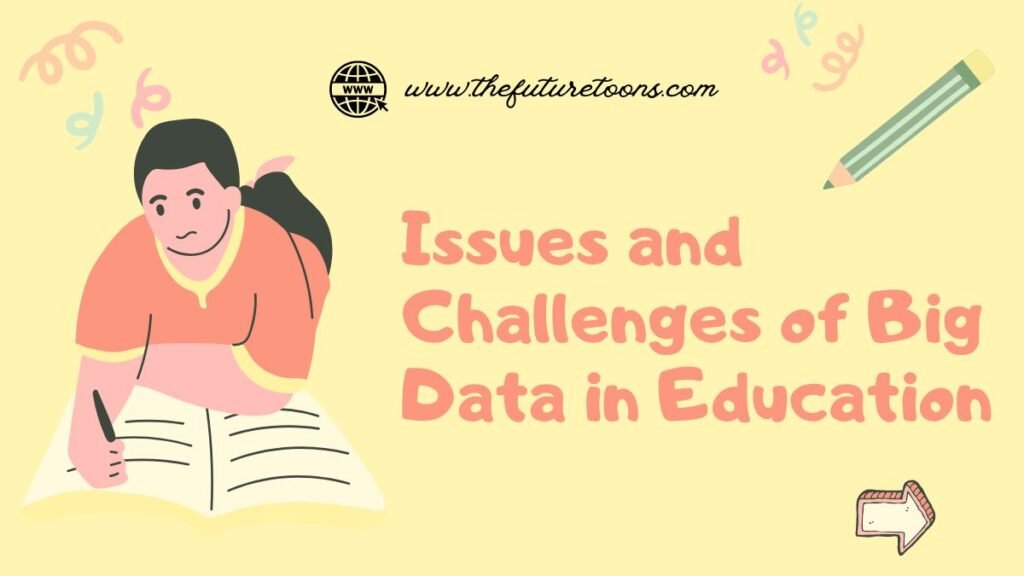The current schooling paradigm is combining large statistics. It is also mastering methods. It aims to start a wave. The wave could rework old paradigms into a brand new era of training. Big Data edu.Ayovaksindinkeskdi.Id is leading this change. It offers an entire answer. This solution includes monitoring scholar development. It also includes changing how we train and the things we use for schooling. This article will dig into the many parts of Big Data Edu. It covers Ayovaksindinkeskdi Identity. It will cowl its importance, uses, challenges, and future possibilities.
Big Data in Education
Before we discuss Big Data Edu.Ayovaksindinkeskdi.Id, let’s explain big data in education. Big statistics is a lot of unstructured and mixed facts. It is understood for its quantity, speed, and range. In schooling, it method sets various records. These statistics set students’ backgrounds. It covers their lecturers. It’s also about teaching techniques. And, using resources.
Importance of Big Data edu.ayovaksindinkeskdi.id
1. Monitoring Student Progress:
Big Data has a key task in tracking scholar progress. It uses superior analytics to watch the path college students take. It steps in by means of making a personalized guide.
2. Changed Modes of Education:
Big facts will exchange education. It will modify decision-making with evidence. Educators can improve coaching by studying the commands. They also can have a look at the curriculum’s results. This ought to boom coaching results. It ought to also increase pupil engagement.
3. Optimizing Resource Management:
Using assets well is important. It is important to perform well in school. Should schools use records? Can they use Big Data to optimize resources in Education? This complements performance and financial viability.
4. Enhancing the Quality of Students:
It helps instructors. They watch students’ grades and progress. They see where to improve. Then, it gives interventions for them. This approach enables each student to develop completely. It also results in educational fulfillment.
Application of Big Data
1. Data Collection:
Schools must accumulate and analyze statistics. This data is connected to pupil profiles. It consists of their academic overall performance and useful resource use.
2. Data Analytics:
It is the act of the usage of advanced analytics. It turns gathered datasets into beneficial insights. Use these insights to make informed picks. Use them to make strategic plans.
3. Data Visualization:
Turning uncooked records into clean visuals brings it to lifestyles. We instructors and managers shall see developments. They also can see patterns and outliers. These are the muse for information-informed decision-making.
4. Set Goals and Make Decisions:
Use the analysis of data to set desires and actions. Use the desires to nurture development and innovation.
Issues and Challenges of Big Data in Education

1. Privacy Issues
Constantly collecting and reading scholar records created privacy issues. It harmed those in proper standing. So, we’ve got robust protection and ethics. They are in location to protect the students’ enormously touchy statistics.
2. Data Misinterpretation
Educators and administrators have poor data literacy. This would lead to wrong inferences from data. Then, it would lead to bad choices. It would also lead to misusing resources.
3. Technocentric Education
Overreliance on big data may cause an inadvertent shift. It may shift to a tech-focused education that ignores the human side. It also leaves out social and emotional learning.
4. Information Overload
Data floods schools. They may cause an information overload. Educators will have more data than they need. This could be distracting in finding important insights.
Big Data Evolution Edu.ayovaksindinkeskdi.id
1. Tailor-Made Curriculum
Another less obvious but equally important advantage is that Big Data Edu.ayovaksindinkeskdi.id can easily customize its curriculum. It can also customize its teaching methods. The system collects and analyzes big data. It will cater to the diverse needs and preferences of the learners and their parents.
2. Policy Formulation and Evaluation
The policymakers could evaluate existing policies. Then, they could use evidence to make interventions. These interventions would improve outcomes. They would do this by using big data analytics.
3. Augmented Learning Experiences
Big data helps traditional learning. It allows for immersive educational experiences, such as VR and AR. These improve student engagement and comprehension. *
Conclusion
In other words, Big Data Edu.ayovaksindinkeskdi.id could mean the union of data science and education. It could be a process that might lead to a change in education. Big data analytics helps education stakeholders. It helps them start a journey. Big data is a journey toward never-before-seen innovation. It is also a journey toward better results and fairness. But, there are many pitfalls. And, there are ethical considerations. They make it necessary to navigate these territories very cautiously. We must ensure that we use big data’s promise well. We must do so in a way that protects students and supports fair education and good teaching. Big data has great promise in education. It should be embraced as a positive force. It can drive sustainable changes and steady progress.
FAQs on Big Data Edu.ayovaksindinkeskdi.id
Ans. Big Data Edu. ayovaksindinkeskdi. Using the ID helps schools better meet student needs. It does this by analyzing student performance. It also uses repeated instruction on key points and wise resource use. These lead to better teaching and good student outcomes.
Ans. Big data is important in education. It is key for collecting, analyzing, and showing data. It is also key for setting goals and making decisions. They lead educators the right way and promote improvement.
Ans. Issues include student data privacy. There’s also the risk of data misinterpretation. We must develop a tech-focused education. The challenge of managing so much information at a hard time would be another barrier.
Also Read About



